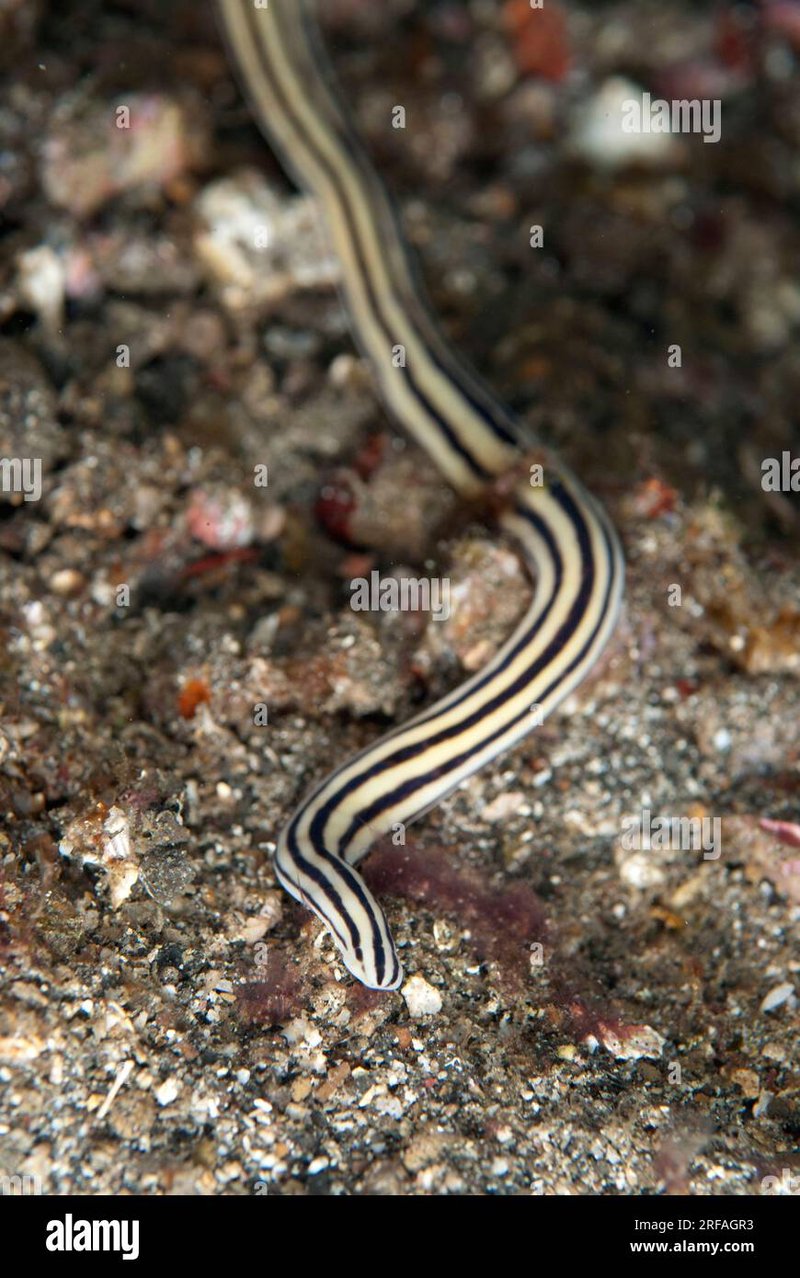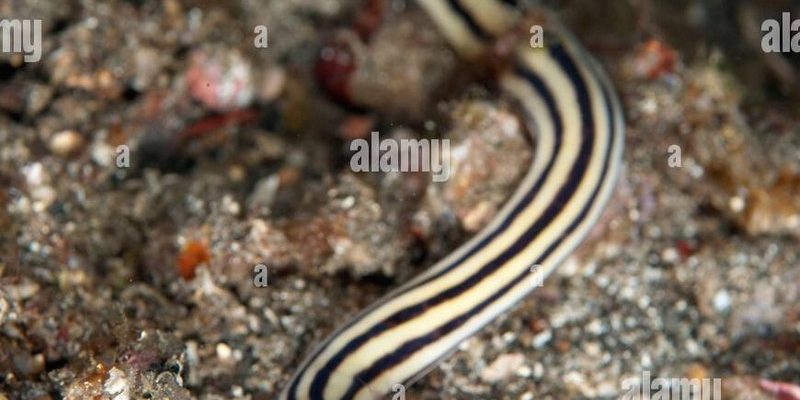
Ribbon worms, or nemerteans, are long and stretchy like a piece of spaghetti, but they pack a punch. With some species capable of growing over 30 feet long, they can be quite impressive. You might be wondering, why should we incorporate such a creature into educational programs? Well, let me explain why ribbon worms make for an excellent choice for teaching about marine ecosystems, biodiversity, and even anatomy!
What Are Ribbon Worms?
Before diving into their educational benefits, it’s essential to understand what ribbon worms actually are. These creatures belong to the phylum Nemertea and are primarily found in marine environments, often hidden in the sand or among seaweed. They have a unique body plan that includes a long, slender shape, often colorful and sometimes even bioluminescent. This intriguing appearance can captivate students’ imaginations.
Ribbon worms have an incredible hunting mechanism. They can extend a part of their body, called a proboscis, to catch prey. This fascinating adaptation can lead to discussions about predator-prey relationships in marine ecosystems. Understanding these interactions helps students appreciate the complexity of marine life.
Another interesting fact? Ribbon worms can regenerate parts of their body, which provides a gateway to explore topics like healing and regeneration in nature. By studying these unique features, students can learn about biological processes in a real-world context.
Why Are Ribbon Worms Important for Marine Education?
Incorporating ribbon worms into marine education programs opens up a treasure trove of learning opportunities. First off, they represent a critical component of the marine food web. As predators of smaller invertebrates, they play a role in controlling populations and maintaining a balanced ecosystem. Teaching students about these dynamics helps them understand how even the smallest creatures contribute to the health of our oceans.
Here’s the thing—you can’t highlight the importance of conservation without talking about biodiversity. Ribbon worms enhance discussions around species diversity, resilience, and adaptation. By diving into the variety of ribbon worms, students can discover how different species adapt to their environments, which can spark interest in marine biology careers.
Using ribbon worms also allows for hands-on learning. Many marine education programs emphasize experiential learning, and observing these creatures up close can create lasting memories. Students can even participate in activities like dissecting or observing live ribbon worms, which can be both thrilling and enlightening.
Hands-On Learning Experiences with Ribbon Worms
One way to engage students is through interactive activities that involve ribbon worms. For example, you could organize a field trip to a local tide pool. Here, students can observe ribbon worms in their natural habitat, learning about their role in the ecosystem and how they interact with other marine life.
Additionally, classroom activities can include building models of ribbon worms to study their anatomy. By creating a model, students can better understand their body structure, which can lead to discussions about how different adaptations help them survive in diverse environments.
Another hands-on approach is to conduct a simple science experiment, like testing the resilience of ribbon worms. Students can observe how ribbon worms respond to different environmental conditions, such as temperature or salinity. This type of inquiry-based learning encourages critical thinking and fosters a deeper appreciation for marine organisms.
Integrating Ribbon Worms into Curriculum
Bringing ribbon worms into the classroom requires thoughtful planning. One effective way is to integrate them into existing marine science units. For example, you might incorporate them into lessons on ecosystems, biodiversity, or even evolution. This method ensures that students aren’t just learning about ribbon worms in isolation but rather understanding their significance within broader ecological contexts.
Moreover, using ribbon worms can help align lessons with Next Generation Science Standards (NGSS). For instance, teachers can design activities that involve investigation and experimentation, which are core components of NGSS. This alignment makes lessons more effective and engaging.
Additionally, incorporating technology can enrich learning experiences. Using microscopes or digital tools to observe ribbon worms can add a tech-savvy twist that resonates with students. This multisensory approach accommodates different learning styles, making the lessons more accessible.
Addressing Common Misconceptions
When introducing ribbon worms in educational settings, it’s crucial to tackle any misconceptions students might have. For example, some may confuse ribbon worms with other marine organisms, like worms or jellyfish. Clear explanations about their unique biology and classification can help clarify these differences.
Another common misconception is that all marine worms are harmful. While certain species can be predatory, many ribbon worms play essential roles in their ecosystems. By fostering a positive perspective on these creatures, educators can help students develop a more nuanced understanding of marine life.
Finally, students might underestimate the impact of ribbon worms on marine health. Highlighting their ecological roles can show students how interconnected ecosystems are, leading to a greater appreciation for conservation efforts.
Integrating ribbon worms into marine education programs offers a unique opportunity for learners to explore the ocean’s depths in an engaging way. With their fascinating biology, ecological importance, and adaptability, these creatures can inspire a new generation of marine enthusiasts.
By focusing on hands-on learning, addressing misconceptions, and aligning lessons with educational standards, educators can create rich, immersive experiences. Ribbon worms may not grab headlines like dolphins or sharks, but their contribution to marine education can be just as impactful. So, whether you’re a teacher planning a curriculum or an enthusiast looking to spark interest in marine life, consider the remarkable ribbon worm as a valuable tool in your educational journey.

